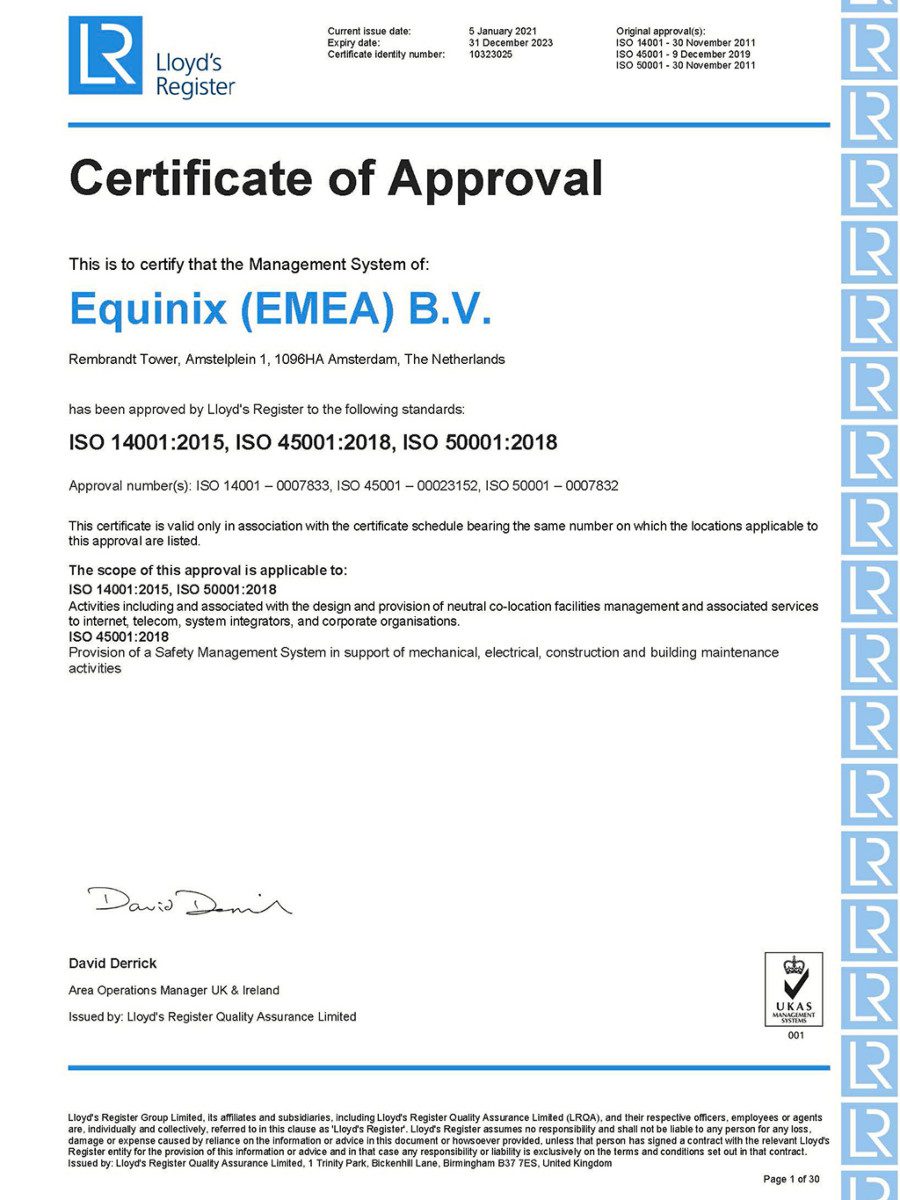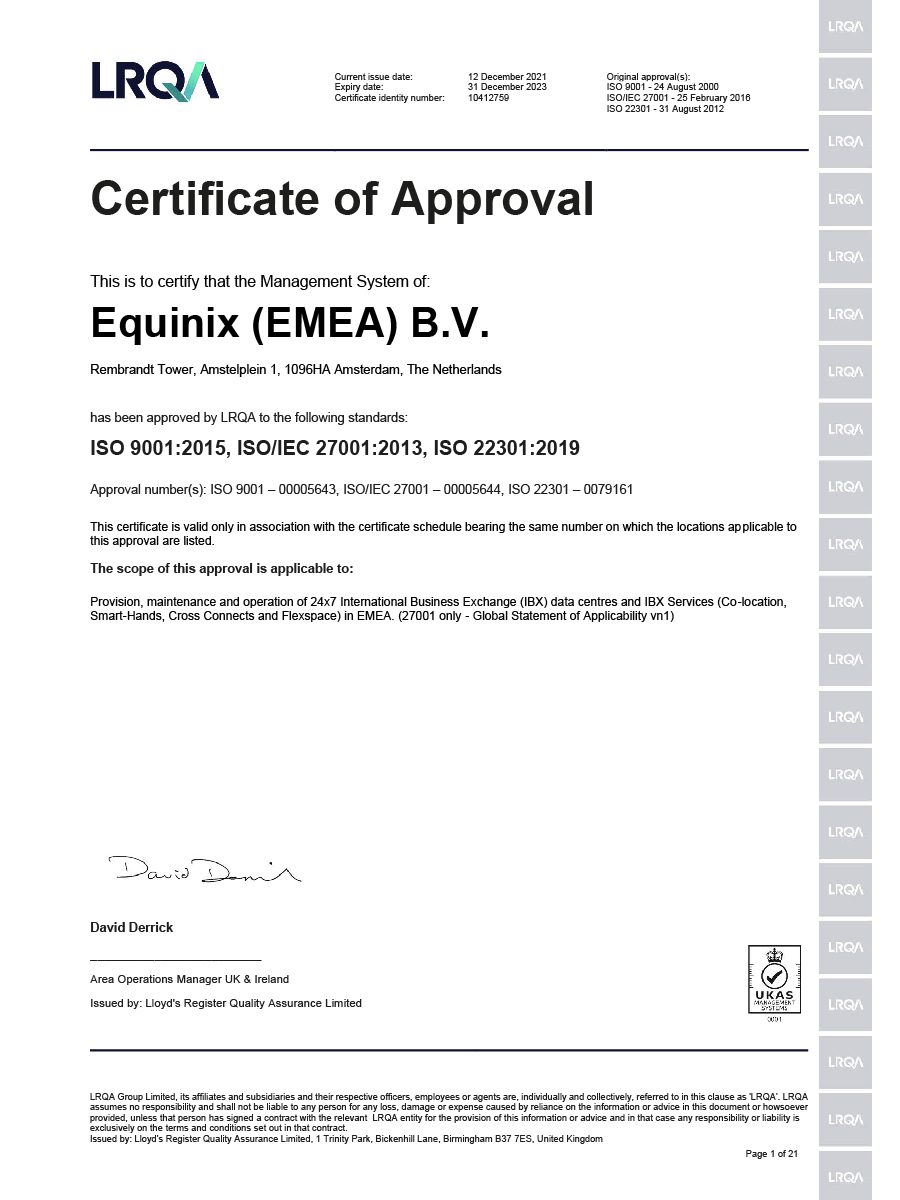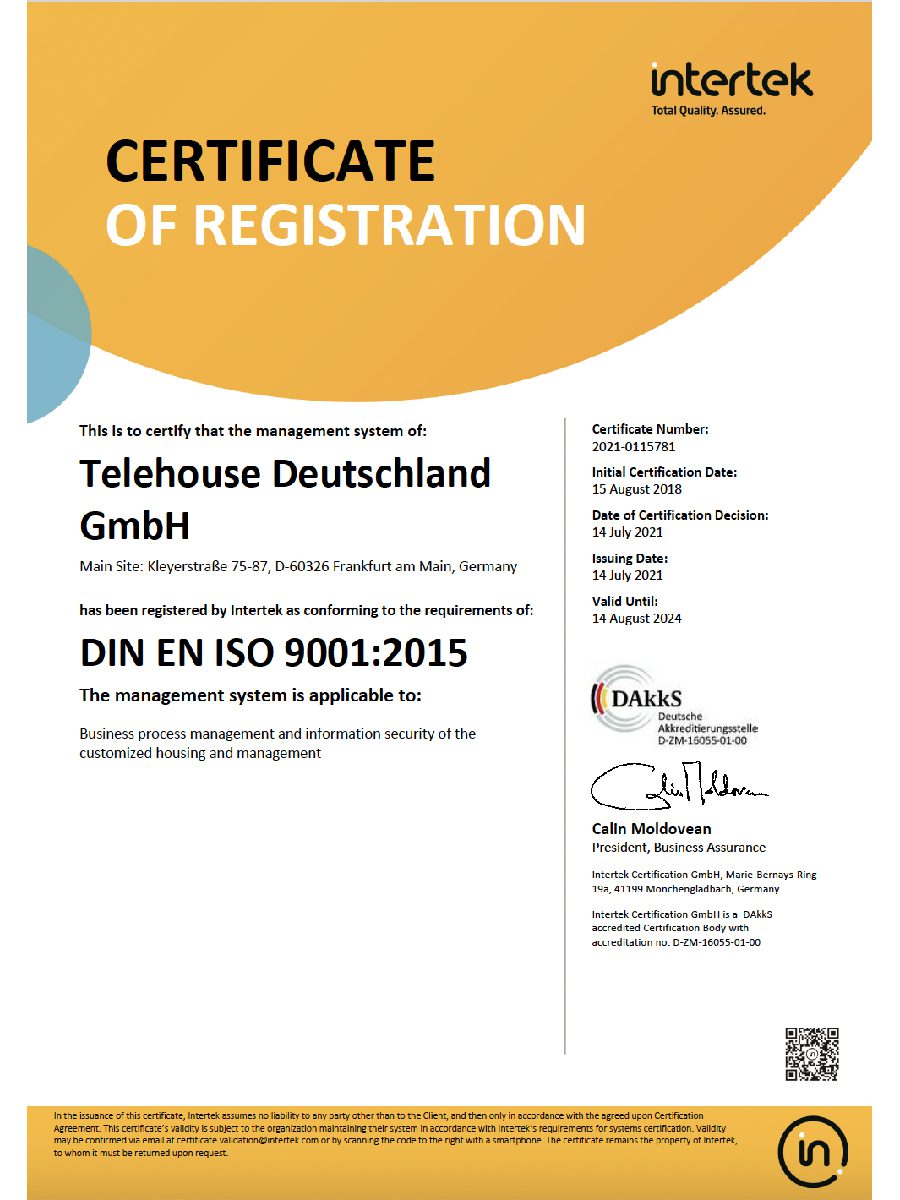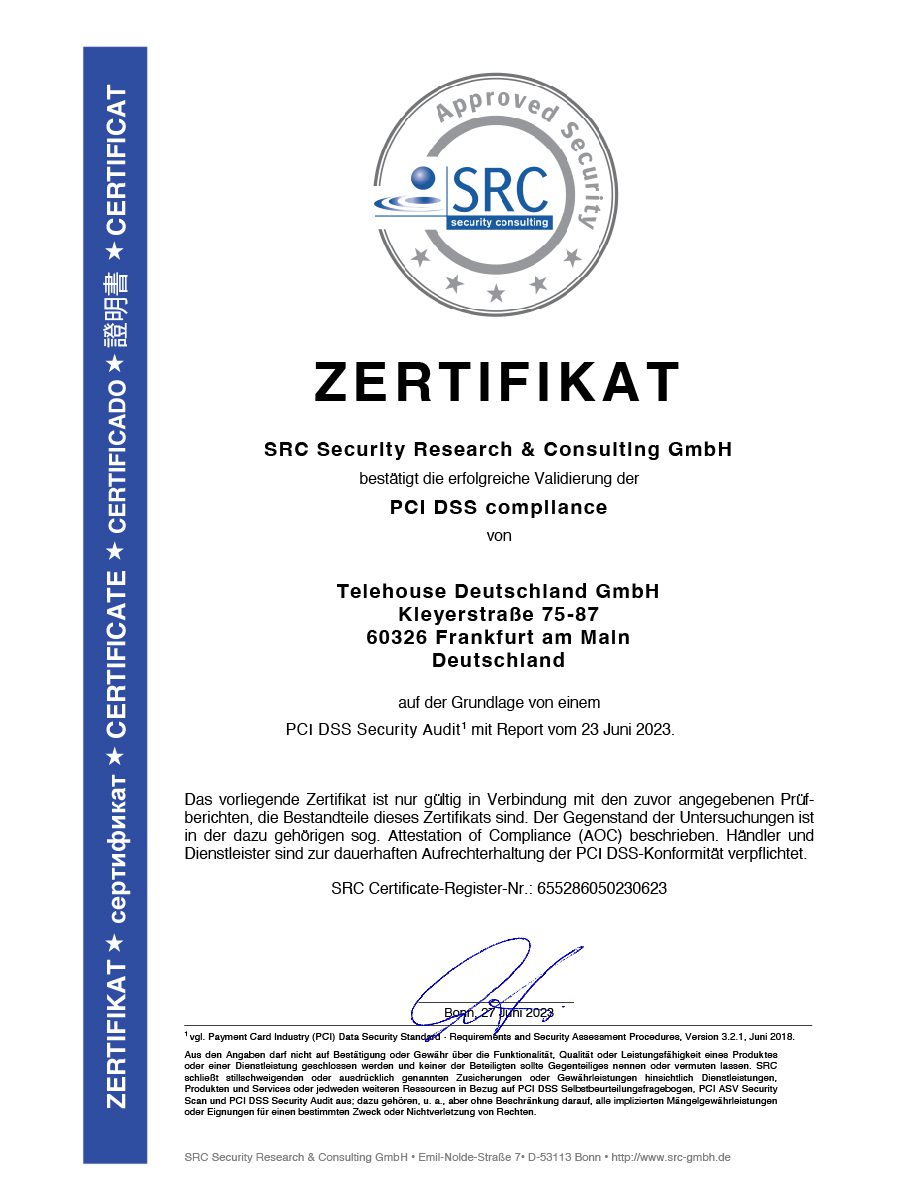DRaaS (Disaster Recovery as a Service)
Disaster Recovery as a Service — a post-disaster IT infrastructure recovery service with payment required only when an incident occurs. If an incident happens, you will receive a fully operational copy of your infrastructure at Colobridge's fail-safe backup facility. OrderGet advice

Advantages of DRaaS — Post-Disaster Data Recovery
Quick recovery of virtual servers
Reducing the costs of IT infrastructure restoration
Why Colobridge
Data centers are among the “World Top 3 Data Center Operators”
Reviews and our clients






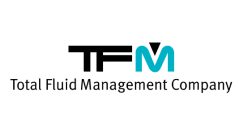














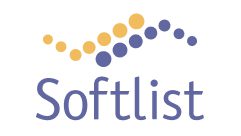














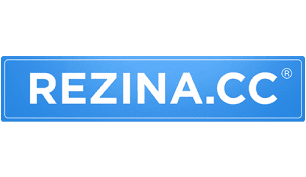







































































DRaaS by Colobridge: Benefits
Any number of recovery points and their creation frequency
Reliability and security
Scale easily as your business grows
Silver Veeam partner
Built-in backup tools
Helping draw up a disaster recovery plan
Disaster recovery testing
DRaaS — FAQs
What is the difference between cloud-based disaster recovery and recovery from a backup?
Disaster recovery in the cloud is known as DRaaS, while recovery from a backup is referred to as BaaS. Here are some key differences between them: With BaaS, you receive a cloud repository for storing backups, whereas DRaaS involves mirroring your IT infrastructure in the provider’s cloud and allows you to run virtual servers automatically. DRaaS enables quicker recovery to the necessary IT infrastructure point and a faster return to normal operations because data is stored in active, accessible storage rather than in archived form. DRaaS offers more customization options, allowing for greater flexibility in backup management, frequency, and recovery parameters. BaaS supports the backup of physical servers, while DRaaS is designed specifically for replicating virtual machines.
Who needs DRaaS?
What factors influence the cost of disaster recovery?
RTO (Recovery Time Objective) is the maximum allowable downtime for the IT infrastructure in the event of a disaster or other incident. The acceptable RTO is determined by the specific needs and requirements of the business. RPO (Recovery Point Objective) is the maximum amount of data that can be lost due to a disaster or incident without causing significant harm to the business. For example, if the RPO is set to two hours, backups are performed every two hours. As a result, the restored IT infrastructure will include data from no more than two hours prior to the incident (though it could be as recent as 10 or 30 minutes, but not two hours and five minutes).
Generally, the shorter the RTO and RPO, the higher the cost of the disaster recovery service. While instant recovery is technically feasible, the associated costs and complexity may outweigh the economic benefits for the business. When selecting the optimal solution, it is important to balance the cost of ensuring IT infrastructure resilience with the potential losses the company might incur from a disaster or other incident.
Why do I need DRaaS if I make regular backups?
While some companies may not require a comprehensive Disaster Recovery (DR) strategy, others can incur significant losses if they rely solely on scheduled backups. In the event of an incident (such as a disaster, theft, or natural calamity), the company often needs to find a site where the IT infrastructure can be quickly restored. By using cloud-based disaster recovery (DRaaS), you can protect your business from potentially critical downtime, whereas Backup as a Service (BaaS) only addresses the risk of data loss.


